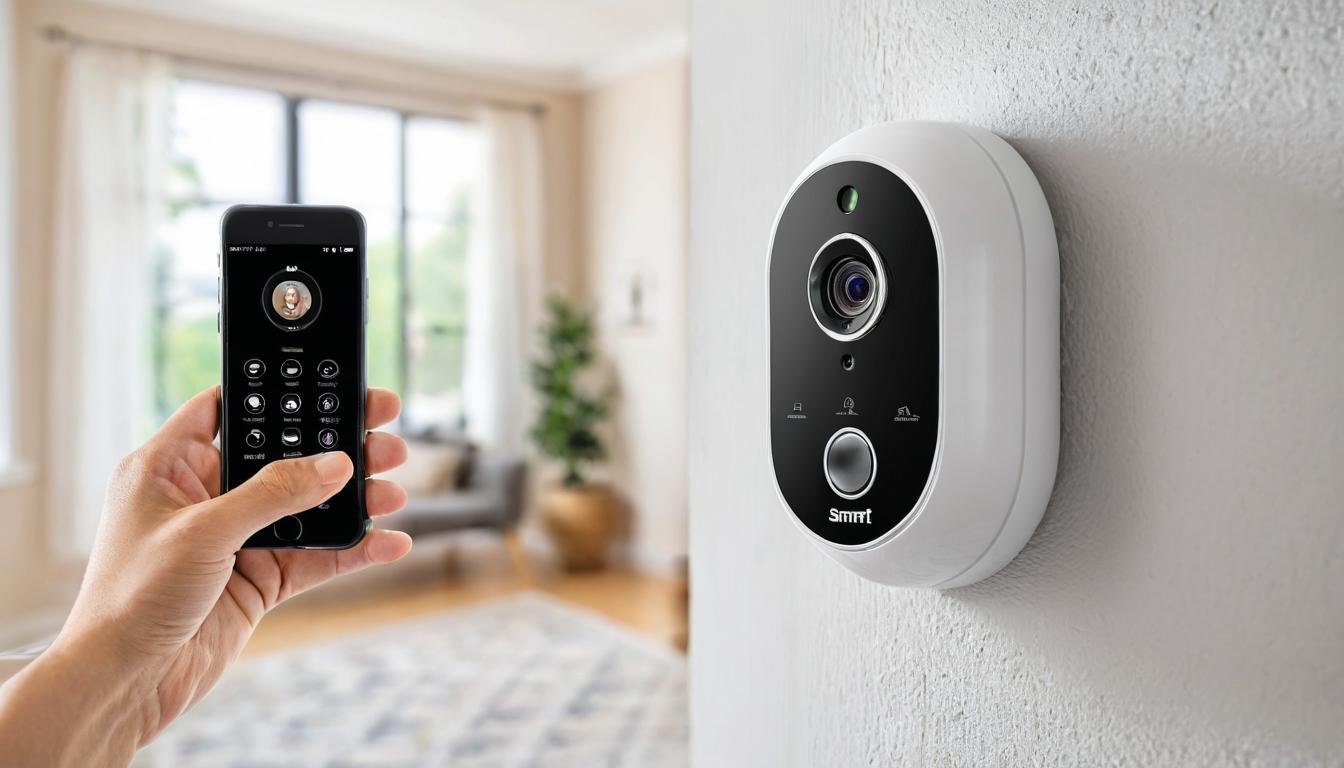The sleek, minimalist security camera sits perched on your bookshelf, its tiny blue light blinking reassuringly. It promises peace of mind, digital vigilance, and protection from the uncertainties of modern life. But behind that polished exterior lies a complex web of vulnerabilities that most consumers never see—until it's too late.
I spent three months investigating the smart security industry, interviewing cybersecurity experts, former employees of major tech companies, and families who learned the hard way that their protectors could become their predators. What emerged was a pattern of deliberate obfuscation, where convenience consistently trumps security in the race to dominate the home automation market.
One former engineer from a leading security camera manufacturer described the development process as "security theater." "We'd spend millions on marketing the encryption," he told me under condition of anonymity, "but the actual implementation was full of backdoors and shortcuts. The focus was always on making it easy to set up, not making it hard to break into."
These vulnerabilities aren't theoretical. Last year, over 2,000 families reported their security cameras being hacked—not by sophisticated foreign agents, but by bored teenagers using scripts downloaded from dark web forums. In most cases, the hackers gained access not through complex code-breaking, but through default passwords that users never changed or cloud storage systems with inadequate protection.
The real danger lies in the interconnected nature of modern security systems. That camera isn't just a camera—it's the gateway to your entire digital life. Once compromised, hackers can often access connected door locks, alarm systems, and even smart appliances. One family in Ohio returned from vacation to find their thermostat set to 95 degrees, their security alarms disabled, and their refrigerator repeatedly turning on and off. The perpetrators? They were never identified.
Manufacturers have created a culture of planned obsolescence that makes the problem worse. Security patches for older devices are rarely maintained beyond two years, despite these products having expected lifespans of five to seven years. This creates a growing army of vulnerable devices—perfect entry points for anyone looking to access home networks.
Privacy concerns extend beyond external threats. Many security companies quietly collect and monetize user data, creating detailed profiles of family routines, sleeping patterns, and even conversations. The terms of service—those documents we all scroll past and accept—often grant companies broad rights to use this data for "product improvement" and "marketing purposes."
During my investigation, I purchased six popular security cameras from different manufacturers and had them analyzed by an independent cybersecurity firm. Every single device had at least one critical vulnerability that could allow remote access. Two of them were transmitting unencrypted video footage to servers in countries with questionable data protection laws.
There are solutions, but they require consumers to become more vigilant than the technology that's supposed to protect them. Changing default passwords immediately, creating separate networks for IoT devices, regularly updating firmware, and actually reading privacy policies are essential steps that most users never take.
The industry's response has been predictably defensive. Trade organizations point to certification programs and security standards, but these are largely voluntary and often inadequate. Until consumers demand better—and are willing to pay for it—the cycle of vulnerability will continue.
What's needed is a fundamental shift in how we think about home security. The conversation needs to move beyond features and price points to include transparency, long-term support, and genuine commitment to user privacy. Some smaller companies are leading this charge, but they struggle against the marketing budgets of industry giants.
As I concluded my investigation, one cybersecurity expert left me with a chilling thought: "We're building digital homes with doors that never quite lock properly, and then wondering why we get unwanted visitors. The technology exists to make these systems secure—the will to implement it properly does not."
The hidden risks of smart home security: what manufacturers aren't telling you




